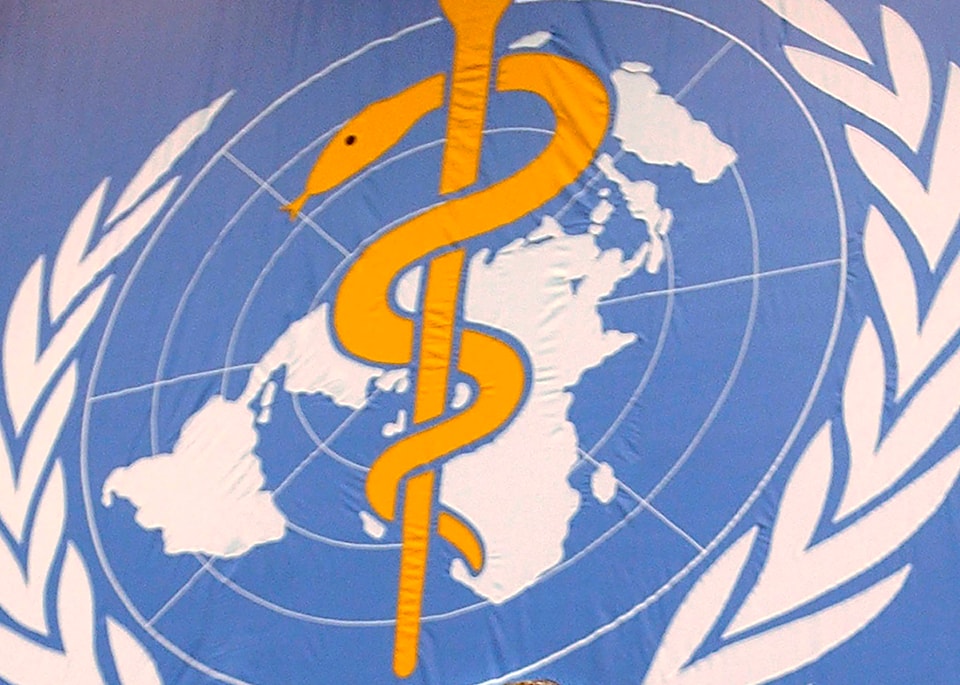It is said history repeats itself.
Unfortunately, those recurring aspects of our shared history are often parts best left in the past.
The labelling of viruses is a good example. Take COVID-19, the virus responsible for the current pandemic that has been linked to acts of racism. This can be attributed, in part, to the U.S. president’s often repeated pet name for the virus, used to deflect responsibility for a country with the highest recorded number of cases and related deaths in the world.
COVID-19 has frequently been compared with the Spanish Flu which, according to the Center for Disease Control, was responsible for the deaths of at least 50 million people worldwide. Yet, that pandemic is not believed to have originated in Spain. One of the earliest reported cases occurred in the U.S., though Britain and France have also been suggested as places of origin.
However, unlike Spain, which was public with its efforts to fight the virus, those other nations attempted to suppress or downplay information. The London press dubbed the virus the Spanish Flu, a name that stuck despite protest from Spanish officials. According to historian Kenneth C. Davis, in Spain the virus was referred to as the “French Flu,” in Russia it was called the “Chinese Flu” and in Germany it was the “Russian Pest.”
In 1957-58, the H2n2 pandemic was dubbed the “Asian Flu,” the 1967-68 H3N2 pandemic was called the “Hong Kong Flu,” stigmatizing Canadian Asian communities. The 2003 SARS virus was referred to as a Chinese plague, and
In 2015, the World Health Organization released a best practices guideline for scientists, national authorities, media and others for the naming of viruses, so as not to offend any cultural, social, national, regional, professional or ethnic groups. It’s safe to assume at least one world leader has not yet read it.
Read more:
Read more:
Like us on and follow us on



